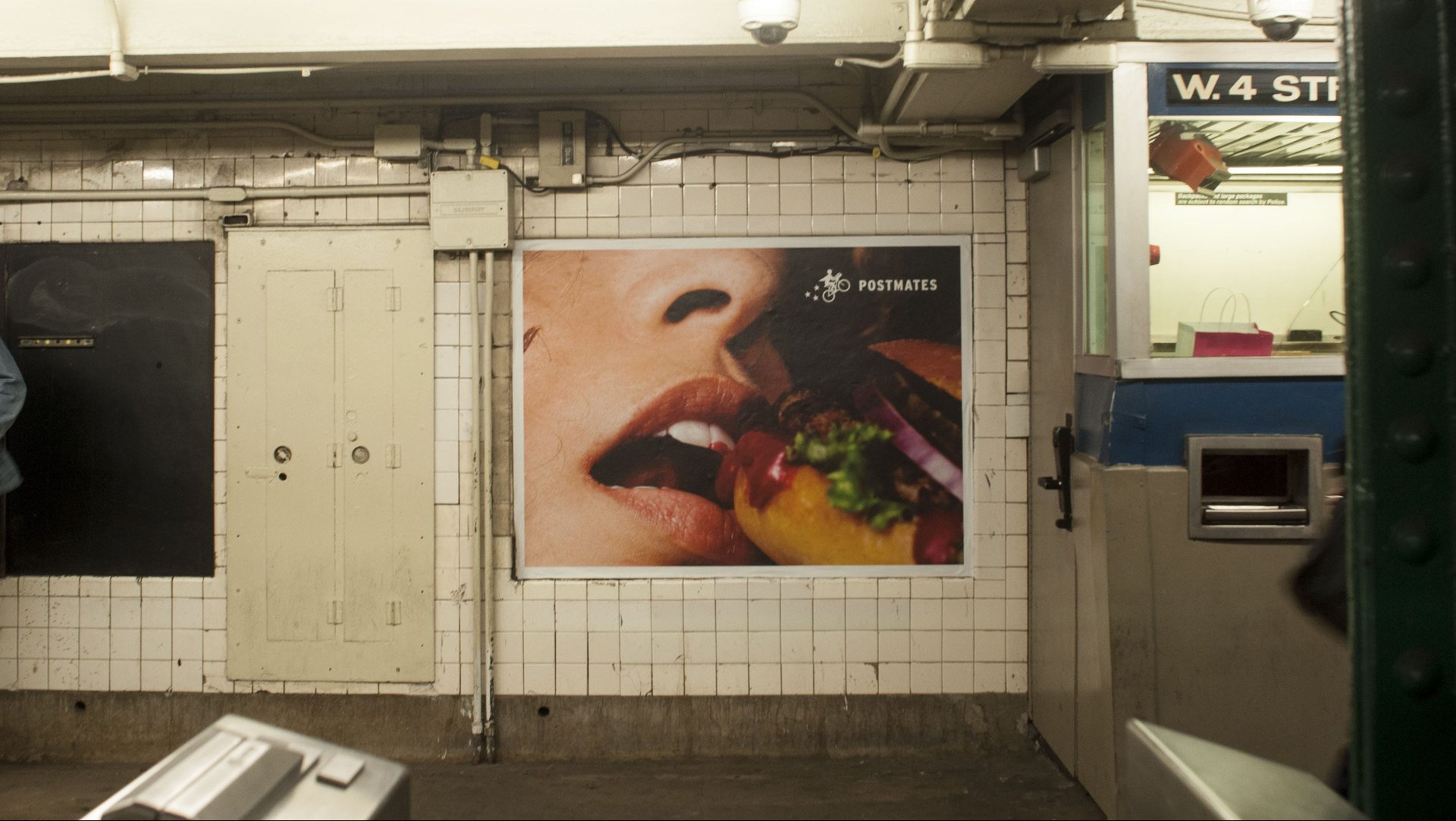A eulogy for the golden era of VC-subsidized meals, which is finally over
There’s no such thing as a free lunch, except in Silicon Valley. Then, lunch is free (or discounted) until the venture-capital money runs out.


There’s no such thing as a free lunch, except in Silicon Valley. Then, lunch is free (or discounted) until the venture-capital money runs out.
For years now, we have been living in a golden era of VC-subsidized meals. As startups piled into the food delivery space, they showered customers with coupons and promotional offers made possible by generous investor financing. Caviar, a food delivery startup headquartered in San Francisco, dished out promo codes that gave users everything from $2 to $10 off their orders. Postmates, another food delivery startup in the Valley, gives $10 in credit to users who refer their friends and puts a code for one delivery at the end of every app update (good for the first 100 customers). UberEats in March celebrated its first birthday in New York with a promotion for free delivery.
Funding in food delivery is supposed to be a virtuous circle. Customers who are drawn in by coupons are supposed to be won over by the convenience and quality of the service. They become regular users, placing more orders more often, until the value of their spending exceeds the money the startup invested to win their loyalty. The startup tells investors about its soaring user and order numbers, and the lifetime value of its customers, and they award it even more money, which goes into more discounts and subsidies, and so on and so forth.
The problem is that it rarely works like this in reality. Postmates has struggled to make its on-demand deliveries cheap and missed profitability targets for two straight years. It charges a delivery fee and a 9.99% service fee (recently raised from 9%) on most orders. Munchery, a San Francisco-based startup that prepares and delivers meals, has struggled with high food waste and losses that at times topped $5 million a month. The company has cut staff, replaced its CEO, and stiffed early backers to stay afloat. SpoonRocket, a Bay Area startup that cooked and delivered meals, went out of business in March 2016. Maple, a startup that dreamed of delivering a better office lunch, closed its kitchen earlier this month. On Friday, Sprig, a gourmet meal delivery service in San Francisco that raised nearly $60 million, became the latest casualty, announcing it would shut down by the end of the day.
What gives? It’s not that people don’t want food brought to their doors. Seamless is incredibly successful in New York as is its parent company, Grubhub, nationwide. Domino’s Pizza has 14,000 stores and delivers more than 1 million pizzas a day. Its stock is up more than 5,000% since 2008. In June 2016, researchers at Morgan Stanley estimated the market for online food delivery could be worth up to $210 billion.
These are a few of the data points that led investors to pour billions of dollars into food delivery startups over the last three years. There were also the big trends, like slowed spending at grocery stores, a preference for fresh organic food, and a belief that in many industries, as appeared to be the case with Uber and rides, one winner would take all.
“You don’t have to leave your house, you don’t have to leave your office—you can be in the middle of a park, you know, somewhere, anywhere, and the food will come to you within minutes,” Simon Rothman, a partner at VC firm Greylock, which invested in Sprig, told me last year. “It’s going to be a lot like Uber, where it’s going to be hard to imagine all that friction and inefficiency in the industry before,” he added. ”I think we’re changing the proposition of food.”
Unfortunately these investors failed to heed another data point: how much most people are actually willing to spend. According to the same Morgan Stanley report from last June, 71% of people said they would pay no more than $5, excluding tip, for a $30 order of food that was “guaranteed to be delivered fast.” Fifteen percent said they wouldn’t pay for delivery at all.
And so here we are in 2017. Airbnb’s short-term home rentals are under siege from regulators, Uber is quaking atop its ride-hailing throne, and the “food proposition,” to use the tech lingo, looks relatively unchanged. It seems that in the end people were less excited about the speed, convenience, and slick interfaces of food delivery startups than they were about having their meals delivered for absurdly low prices. In that sense the last three years have been less an innovation than a giant wealth transfer, from the VCs and startups they funded to the lucky consumers who got a free lunch along the way.